Hola! This week I attended the first class of an Arts & Accessories course I am taking this semester at a local community college here in Charlotte, NC. I for one am not a stranger to or fearful of curating and selecting pieces of art for a space. I would have to thank wonderful mother for my love of art in general. She is an uber talented freelance artist that can take any medium to create images that will put you in awe.
This week’s class I learned there are three categories of art: representational, abstract, and non-objective.
Representational
Representational artwork aims to truly represent its subject in reality. Subcategories under representational art include Realism, Impressionism, Idealism, and Stylization. Although some of these forms are taking steps toward abstraction, they still fall under the category of representational. This category of art is the oldest of the three types and is also the easiest to comprehend.
Examples of representational art include Leonardo da Vinci’s Mona Lisa, Rockwell paintings, and cave paintings.
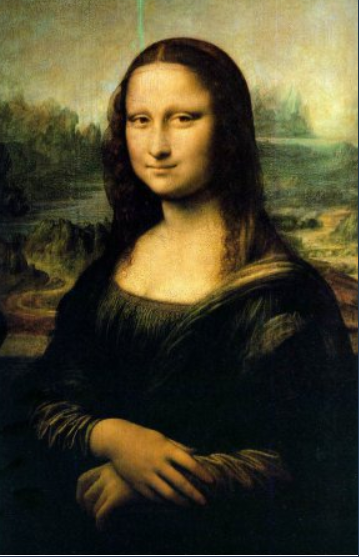


Abstract
Abstract artwork aims to take real subjects and present them in a way that is opposite of our reality. This may take the form of emphasizing lines, shapes, or colors that transform, simplify, or distort the subject. Although I appreciate art in all forms (thanks to my mother), Abstract artwork is my favorite. I just love how artists distort reality and introduce shapes and colors that would not exist on the subject in reality. I have a print of Grace Jones in which she is depicted with sky blue skin and red eyes. It is clearly Grace Jones but the use of colors and lines to accentuate her famous cheekbone structure and hairstyle illustrates her fierce personality.
Examples of abstract art includes works of Pablo Picasso, Mark Rothko, and Yayoi Kusama.

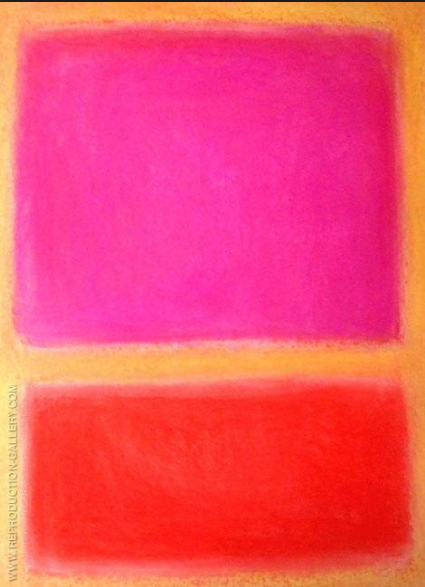
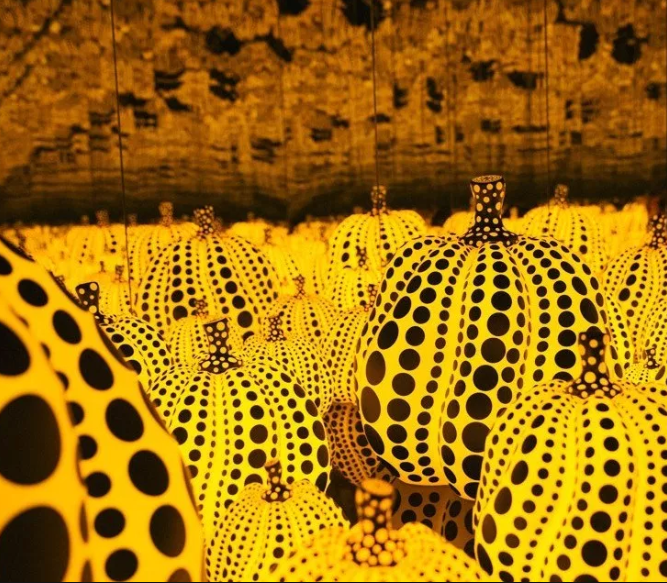
Non-Objective Art
The third type of art is often mistaken for Abstract art although it is entirely different. Many people have difficulty in understanding the differences between the two. However , the clear difference lies in the subject matter chosen. If the artist begins with a subject from reality, the artwork is considered to be abstract. If the artist is creating with no reference to reality, then the work is considered to be non-objective. Non-objective art is to use the elements and principles of art in a way that results in visually stimulating work.
Examples of non-objective artwork includes the works of artists Wassily Kandinsky, Naum Gabo, and Kazimir Malavich.

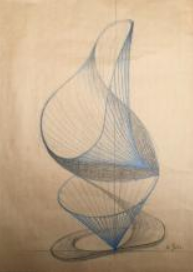
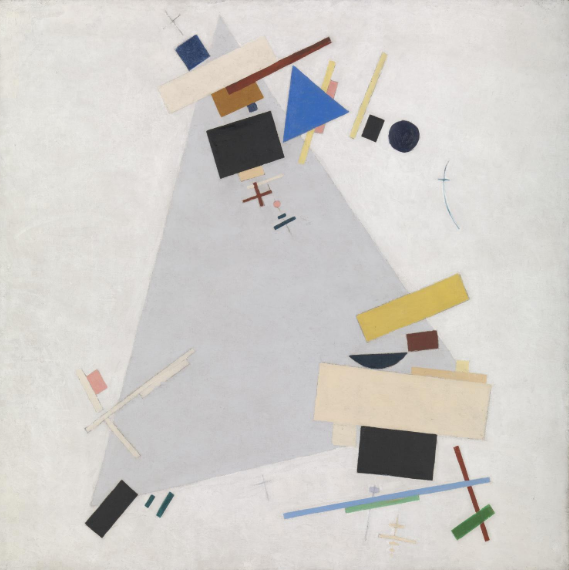
Which category of art speaks to you?

